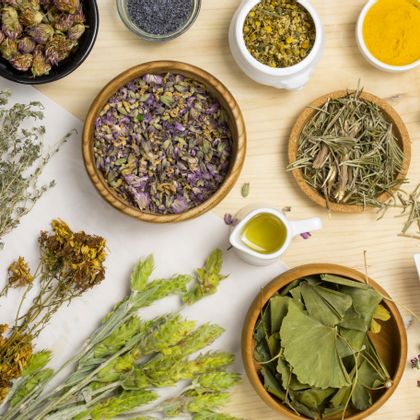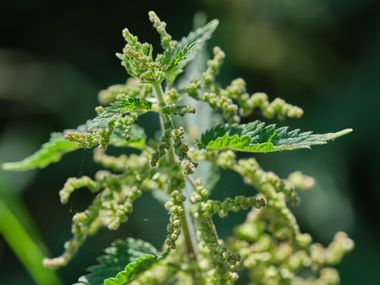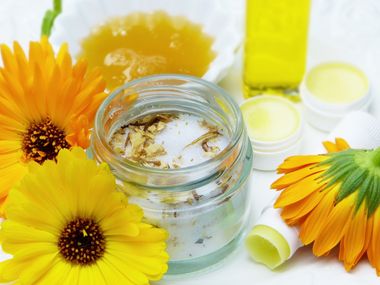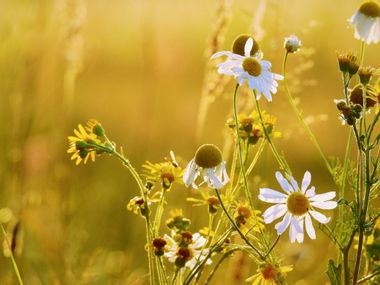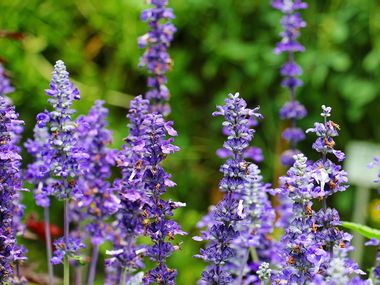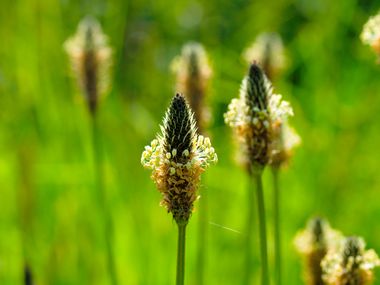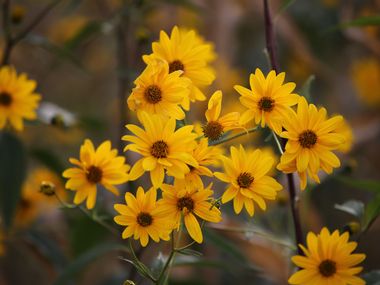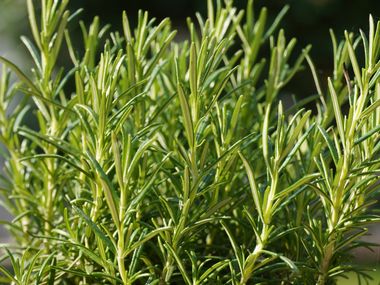Did you know that Austria is home to more than 3,000 medicinal plants and wild herbs? These grow partly rather inconspicuously at the edge of the footpaths or on the Alp, as well as on the colourful flowering meadows. Along the flowering hiking paths in numerous hiking destinations in Germany and Austria is a diverse home medicine cabinet with valuable natural treasures and native medicinal plants. It is impressive how many medicinal herbs and medicinal plants grow in our forests, on meadows and along hiking trails. With a little knowledge, you may be able to perceive these silent heroes of nature more consciously on your next hiking holiday and use them.
Learn more about the power of medicinal plants and wild herbs with our little guide to the local natural pharmacy. We tell you what healing power they contain, where they can be found, when they can be collected and how they can be taken.

